Kit: Climbing Mount Rainier 登山装备选购
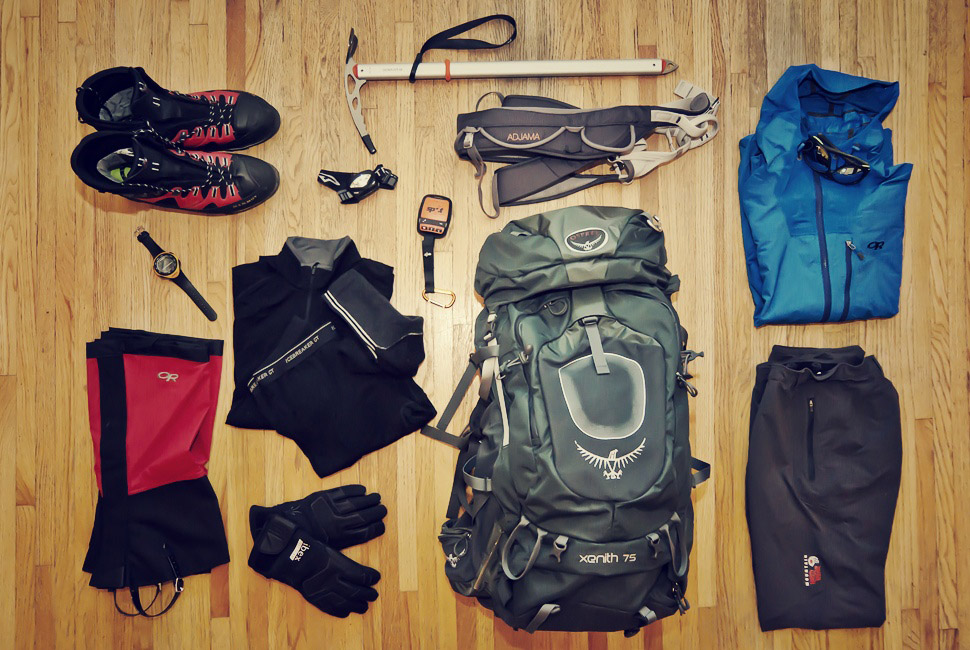
Polarfleece jackets and hiking boots may come in handy around the windswept concrete canyons of Manhattan or Minneapolis during the winter, but there is still no better proving ground for outdoor gear than the mountains. There, not only can weather change in minutes, going from lukewarm sun to horizontal blowing snow, but the consequences of failing gear can be serious, and there are no Starbucks to duck into when things get nasty. It’s no wonder all the big outdoor brands’ catalogs use glossy images of climbers fighting the elements on some godforsaken slab of rock.
To take on our recent ascent of Mount Rainier, we rounded up some of the latest and greatest mountaineering gear. And after two days, 9,000 vertical feet of climbing and weather that ranged from downright scorching to subzero wind chills, we’ve got a thing or two to say about each piece. So whether or not you plan to use any of this gear in your urban, or more rustic, adventures, you can be assured we’ve put it all through rigorous testing in a worse place. Just don’t take an ice axe on the subway.
Mammut Mamook GTX Boots
In the old days, mountaineering boots required weeks of regular wear to break in — this due to their inherent necessary stiffness. But these big Mammuts were comfortable right out of the box thanks to the articulated upper and highly adjustable lacing, which allows the lower foot and ankle to be dialed in separately. They’re cut mid-shin height for ample ankle support on steep, uneven terrain and are crampon-ready thanks to a stiff sole and notched toe and heel. Where most early season climbers on Rainier opt for double plastic boots, the Mamooks proved to be more than warm enough for the task with their insulated uppers and Gore-Tex waterproof lining, which kept my feet dry despite knee-deep postholing in rotten, sun-soaked snow.
Osprey Xenith 75 Backpack
When you’re carrying everything you need on a round-trip totaling 18,000 vertical feet, you’re going to ask a lot of your backpack. It needs to swallow up at least 70 liters of mixed gear but still be easily and quickly accessible; it needs to provide lash points for tools like an ice axe, crampons and trekking poles. Oh yeah, and it’s gotta wear like it’s not even there. The Xenith 75 does all of this well. The black hole interior easily held multiple clothing layers, a sleeping bag and food while zip pockets on the outside held smaller stuff like sunscreen and extra gloves. A large mesh pocket on the back provided the perfect place to stow a climbing helmet for the approach hike and quick release lash points and loops transported an ice axe and crampons during the long hike up to high camp. The hip belt is heat-moldable, allowing for a custom fit, and its integrated zip pockets were perfect for energy gel stowage. Our only wish was for a removable waterproof liner for the rain at lower elevations, which would have been more elegant than a plastic garbage bag.
Icebreaker GT Merino Wool Base Layer
Like the mountaineers of old, we opted for wool clothing — but unlike poor Sir Edmund, ours was not the scratchy stuff. Smooth brushed New Zealand merino made for a versatile base layer, staying warm when soaked with sweat, and was, perhaps equally important on a multi-day climb, stink-free. Thumb loops helped keep sleeves in place under layers and the three-quarter zip neck was appreciated for venting when the sun broke through. Next time we’ll opt for a cooler color than black for the scorching descent.
Petzl Adjama Harness
Your harness is your lifeline, but an ill-fitting one can be your greatest curse. The best ones are unnoticeable (even when pulled on over multiple layers) and can be donned and doffed over boots and crampons. The Adjama proved a breeze to step into and cinch down, and though we didn’t test its weight-bearing abilities with any crevasse rescues, we’ll take Petzl’s word for it that they’ve got us covered. The Adjama would be easily suitable as a straight rock climbing harness, with multiple loops for hanging protection, a chalk bag and a well-padded waist belt and leg loops.
Julbo Explorer XL Glacier Glasses (prescription by SportRx)
On snowy, high-altitude climbs, snow blindness is a very real threat even on cloudy days. So leave your gas station wraparounds in the truck and get a proper pair of glacier glasses. Dark, mirror-finished lenses and side shields keep your corneas from frying and let you see the contrast between a snowfield and that bottomless crevasse. Besides their protective qualities, glacier glasses exude that ultra-cool mountain-chic vibe when you’re back home telling war stories. French brand Julbo has been in the glacier glasses business for decades, outfitting everyone from Messner to Sting (see the Synchronicity album cover). The Explorers are Julbo’s best offering — lightweight but sturdy, with removable side shields and neck lanyard for on-mountain security and off-mountain use.
If you don’t have 20/20 vision, you’ve got two choices: contact lenses or prescription glasses. The former requires fiddling in the dark before a pre-dawn summit push and the undesirable hazard of having pieces of plastic frozen to your eyeballs. We opted for prescription glacier glasses, which require a certain expertise in selecting the right lenses and getting them finished to the right tint and mirror finish. For that job, we turned to long-time prescription sportglass specialists at SportRx, who advised us on tint (brown), fitted the lenses and provided an anti-fog kit and case with the finished pair. The finished glasses were indistinguishable from stock Explorers and carry a full warrantee from SportRx to boot.
Suunto Vector
When Suunto released its Vector in 1989, it quickly became standard issue for climbers and an emblem of mountain culture. More than a mere digital timepiece, the Vector is packed with information vital to getting up and down a mountain safely. A precise sensor detects changes in air pressure to indicate current altitude and weather trends and a digital compass helps you orient yourself. A stopwatch is handy to time your ascent, a countdown timer helps cook your freeze-dried pilaf and multiple alarms will wake you for your alpine start, alert you to a dropping barometer and an approaching storm, or tell you when you’ve reached the summit in case you’re too hypoxic to notice. We wished for more intuitive logbook navigation, a higher visibility dial in darker conditions and a more robust strap. Suunto has released countless other altimeter watches since the ‘80s, but it’s still the classic bold yellow Vector that marks you as an alpinist.
Outdoor Research Expedition Crocodile Gaiters
Gaiters are the unsung heroes of mountain gear. They keep snow from getting into your boots while you’re postholing through slush and prevent your crampons from snagging your pant legs. While there are other gaiter makers, the only brand we saw on Rainier was Outdoor Research — and not only because the brand is based down the road in Seattle. The Expedition Crocodiles are knee-high expedition-class mountain gaiters, and are easy to don and doff with a beefy hook-and-loop closure, lace hook and instep strap. Be sure to get the correct size though (they run big). My size XL was still baggy over two clothing layers and my big boots.
Outdoor Research Enchainment Jacket
You’ll live in your soft shell when you climb Rainier, so it pays to choose well. Hard shells are great in a downpour, but despite the marketing hype, they still breathe about as well as a Hefty bag. An inferior soft shell trades breathability for inadequate protection from the elements. A good one keeps you dry and sheltered from the wind without being clammy or crinkly. OR’s Enchainment was such a revelation, it might make us forget about hard shells forever.
During the approach climb to our high camp, a steady drizzle had others reaching for their Gore-Tex. The Enchainment kept me dry, worn only over a base layer. Water-resistant shoulder panels and hood shed moisture with aplomb, while the underarm panels were flexible and breathable. The jacket worked equally well on the cold summit push over more layers, its hood and generous chin guard fitting well over a climbing helmet. A large slash chest pocket swallowed up a neck gaiter and extra cap while big side pockets held snacks at easy reach for fueling up on the move, though we wished they were cut a little higher to stay free of the backpack hipbelt.
SPOT Satellite GPS Messenger
While we all go into the wilderness to unplug, there are loved ones back home who want to know you’re safe; not to mention, “911” would be handy if you fall into a crevasse, if you could get cell phone reception. SPOT was one of the first companies to introduce an affordable satellite communication device that allows for simple one-way messaging as well as a last resort SOS function.
Before leaving home, I visited SPOT’s Website and set up an account, pre-loading messages (“I’m climbing Mount Rainier. All is well!”) and my desired recipients’ email addresses (Mom, wife, editor…). Then I clipped the small orange puck to the shoulder strap of my pack and climbed the damn mountain. At various points during the climb, typically during breaks, I’d press the “OK” button and wait for a series of flashing lights to confirm that the message transmitted. Assuming a clear view of the sky, no problem on the snow-covered slab of a volcano, the SPOT worked as advertised. Upon reaching the summit, I pressed the custom message button, which transmitted the rather unpoetic, “I’m standing on the summit of Mt. Rainier”, message back home. Thankfully, I never had to test out the SOS button, which remained hidden behind its rubber safety cover.
The third-generation Messenger also provides tracking functionality, which allows you or others to view your progress in the wilderness via a map on your own private page on SPOT’s Website. You can check progress, speed and elevation change from the comfort of your desk chair after the adventure. My one gripe with the SPOT was the lack of confirmation that a message was delivered or read. While it flashed reassuringly that it sent our missives, I had to wait until I was off the mountain to make sure loved ones received them.
Ibex Side Mountain Gloves
When you’re ascending 9,000 vertical feet, you can count on passing through a few temperature zones along the way. So I stuffed pockets of my backpack with four pairs of gloves, from thin liners to Arctic mittens. In reality, I only used one pair from bottom to top and back down again: Ibex Side Mountain Gloves. They’re that good. A low-profile fit make them highly dexterous, perfect for carrying an axe, fiddling with zippers and tearing open Gu packs. The leather-lined palms were grippy and supple, while the softshell panels worked well for shedding wet snow.
But with Ibex, you know the rubber meets the road with the wool. Soft merino lines the interior of these gloves, providing perfect insulation in a variety of temperatures. After a sloppy day practicing ice axe self arrests in wet snow, the gloves got pretty soaked — but there wasn’t a hint of chill, holding true to wool’s renown for staying warm while wet better than any material man has cooked up. Our only wish was for a soft external nose wipe panel to stay ahead of the inevitable snot-sicles up high.
Mountain Hardwear Warlow Hybrid Pants
Worn by none other than superstar speed climbing freak Ueli Steck when he climbed the Eiger, the Warlow pants were an easy choice for Rainier. The Schoeller Dryskin material had just enough thickness and weather resistance to stand up to a windy, drizzly hike to our high camp and then, layered over wool long johns, got the call a second time on summit day. The leg openings stretched over our bulky boots, and the strategic placement of panels and an articulated crotch kept movement unrestricted. We wished for an extra pocket or two on the legs for stowing food or a cap but Ueli wanted minimalist and that’s what he (and we) got. The lack of an integrated belt was a disappointment though, as it necessitated adding our own, which, under a harness, loaded on unwelcome bulk. A waist snap popped off during a pee break, which would have been a real problem had Mountain Hardwear not fitted the pants with a backup.
Petzl Snowalker Ice Axe
Crampons and an ice axe are what categorize a climb as “technical”, and there was perhaps no more vital piece of equipment than our Petzl Snowalker. Used predominantly as a glorified walking stick most of the way up and down Rainier, the axe was reassurance that if things went vertical a little too quickly, we could assume the arrest position and stop a slide before tumbling into a crevasse. While we, thankfully, only got to test the latter technique in training, it was obvious the Snowalker was up to the task. Dig in the pick, grip the “T” and lever up on the handle, making sure the adze is across your body over your shoulder to avoid any impromptu dental work. Its lightweight aerospace-grade aluminum shaft made walking with it effortless and made it easy to hang in our office as a reminder of summit day.
PrincetonTec Vizz
We started our summit day early, zero dark thirty early, in what is known as an alpine start. This allowed us to make the summit just after sunrise, not only for a spectacular view, but to avoid the risks a high summer sun, steep terrain and soft snow can create. It also meant we spent a good four hours climbing by the light of our headlamps. The PrincetonTec Vizz stretched perfectly around our helmet, and its large single button was easy to find and use with a gloved hand. Even on low power, the beam was more than adequate to find good footing. The battery easily lasted the whole climb, eliminating the need to carry, and fiddle with, extra batteries. A nice feature of the Vizz: a red light setting was perfect for nighttime reading and pee breaks without pissing off fellow climbers who tried to get a few winks before our early departure.
- 如何应对来自背后的持刀袭击
- 发布于 04月10日
- TNF Devils Thumb GTX XCR Trail 女王之越野跑
- 发布于 03月28日
- 掌中玩具全能型PETZL E+LITE超小型应急头灯图解
- 发布于 11月18日
- 炎夏将至,重拾技能,再战户外
- 发布于 05月13日


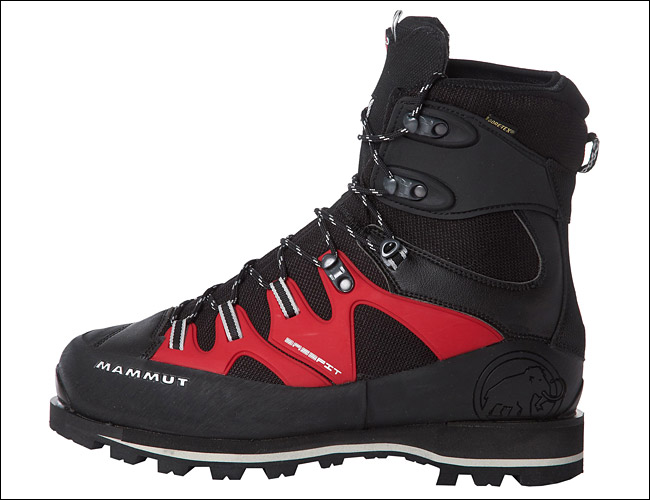
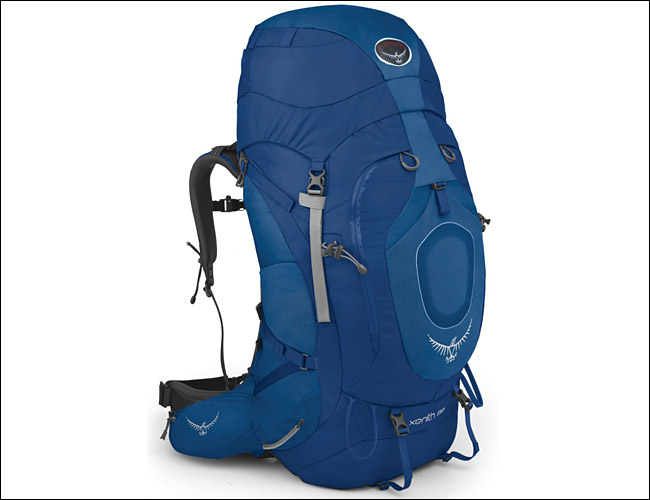
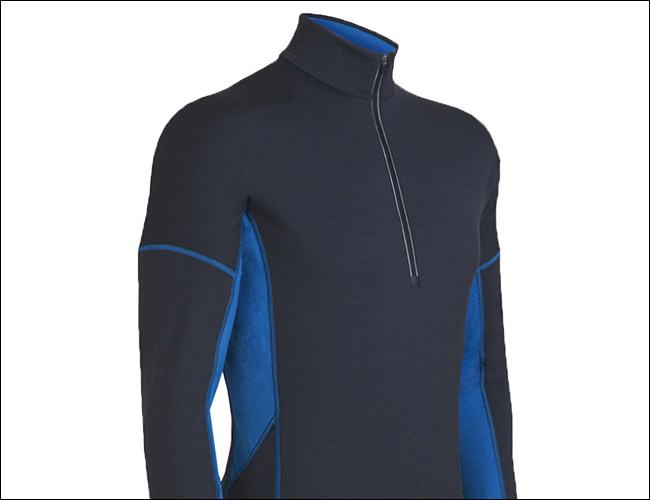
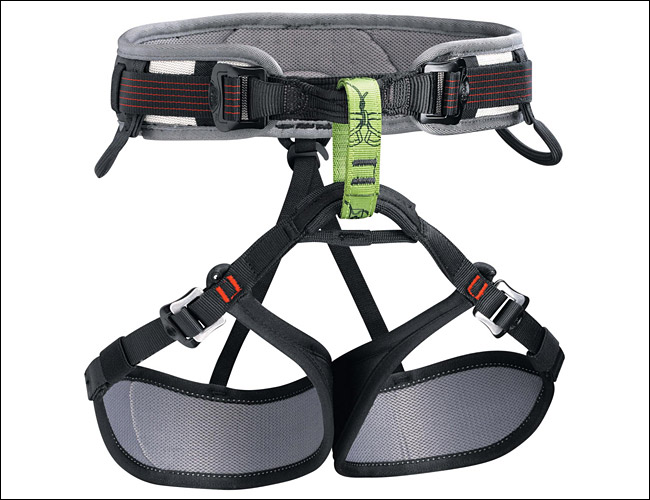
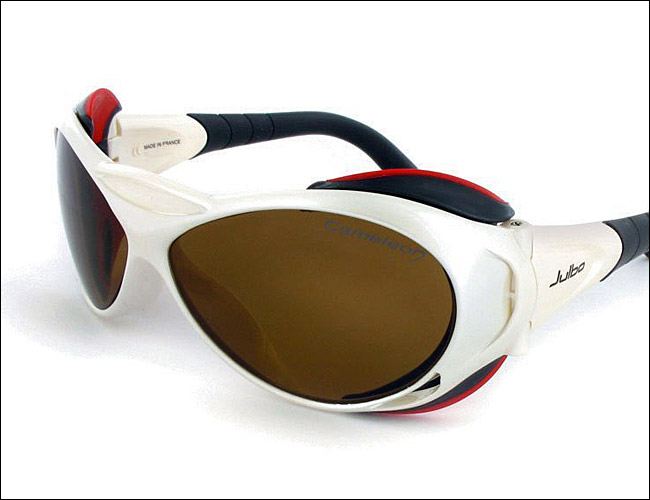

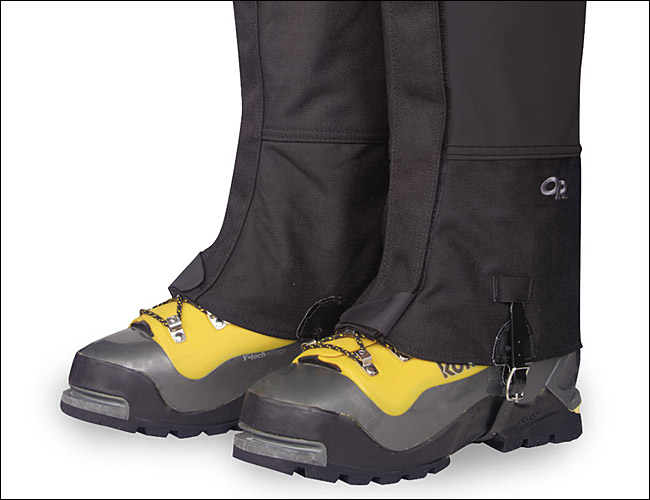
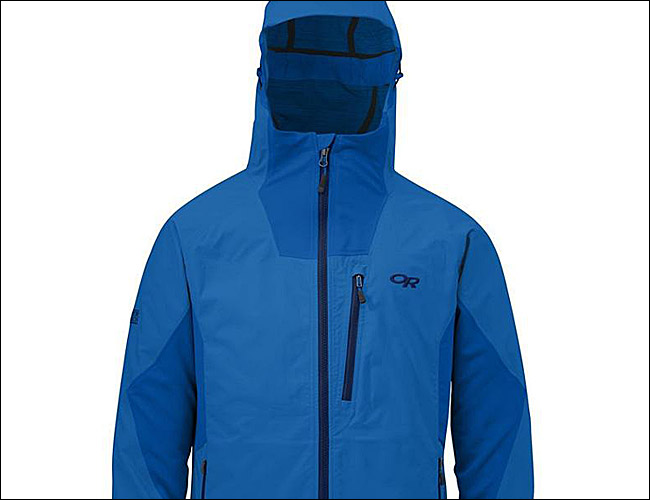
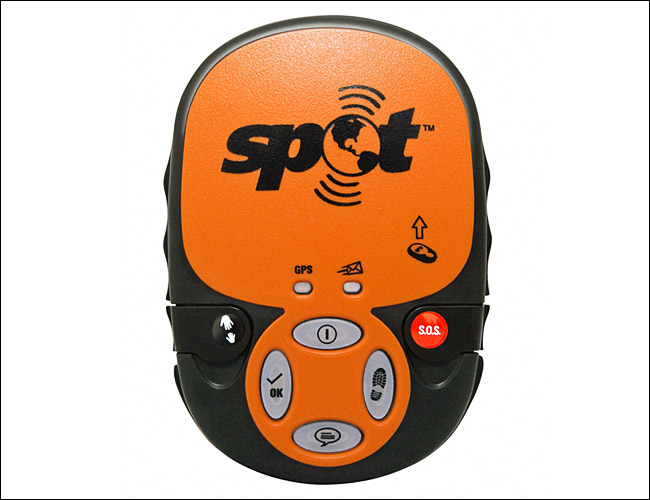
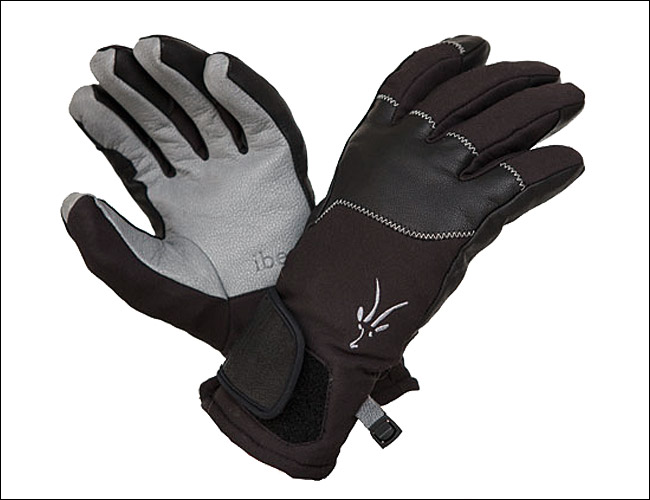
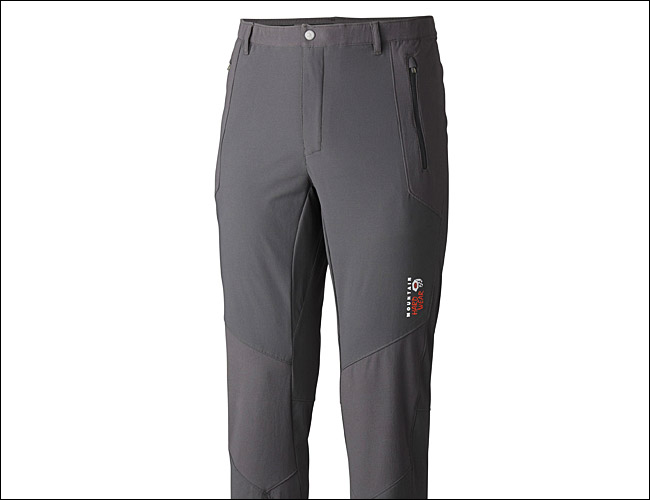
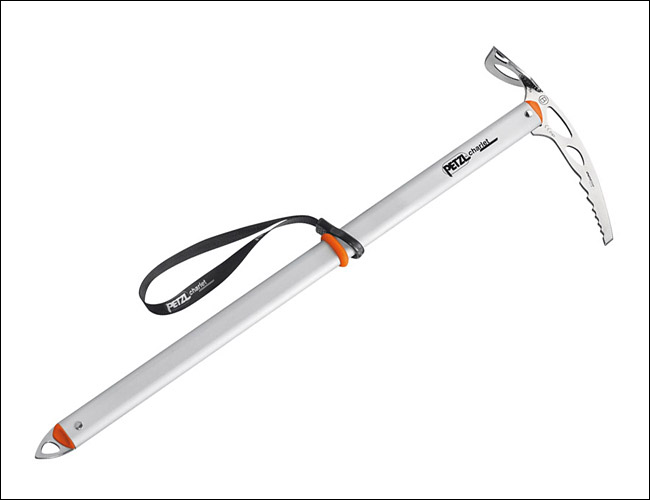
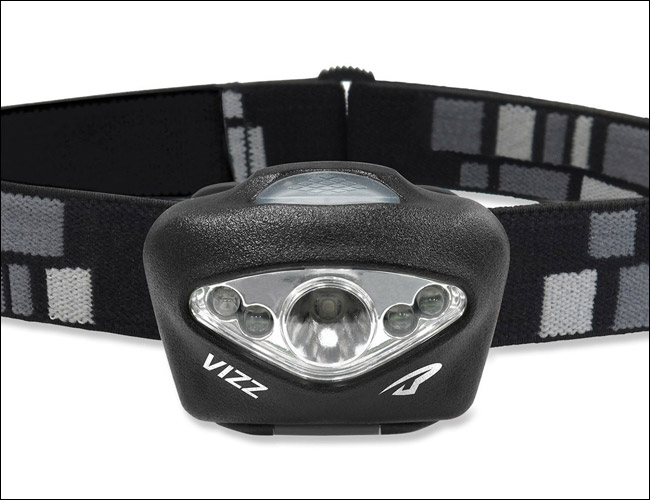

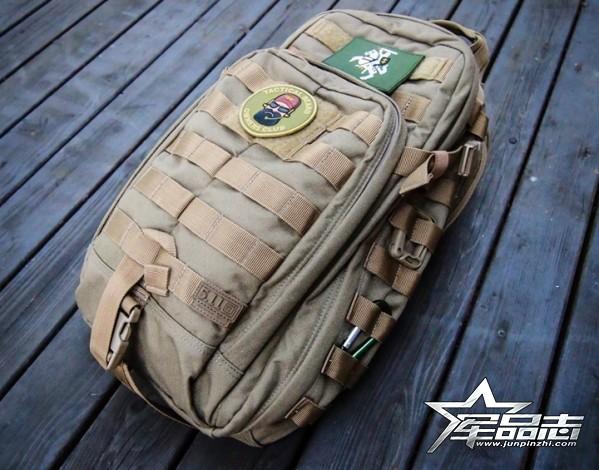
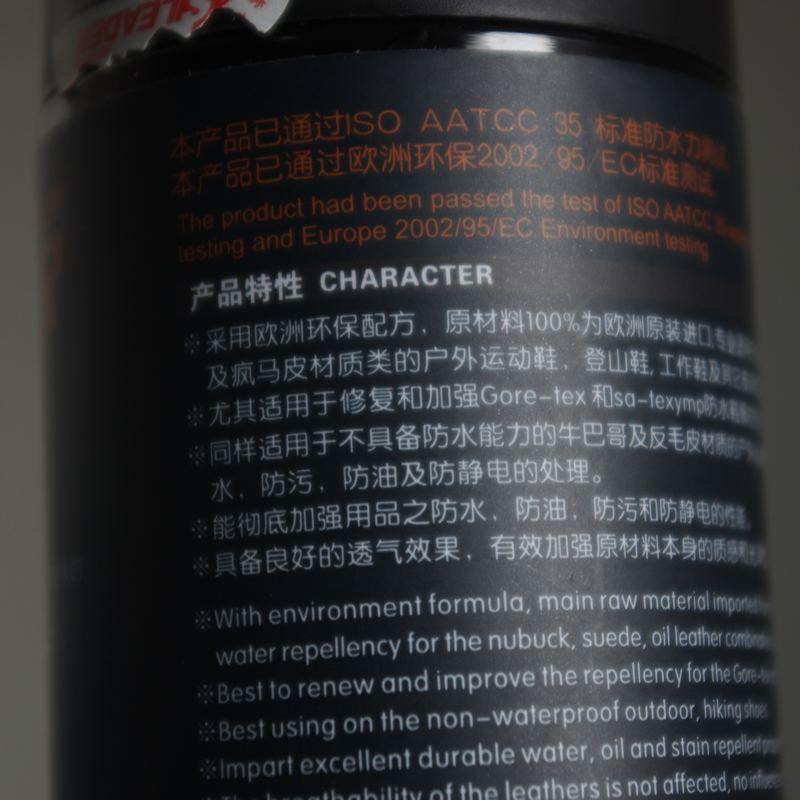
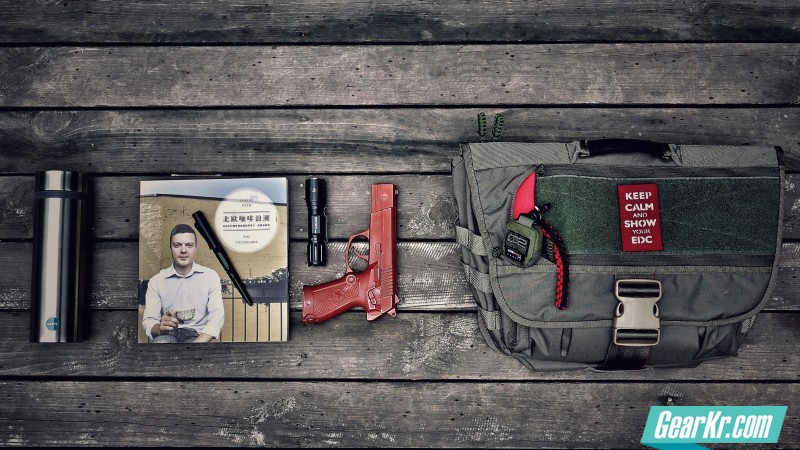
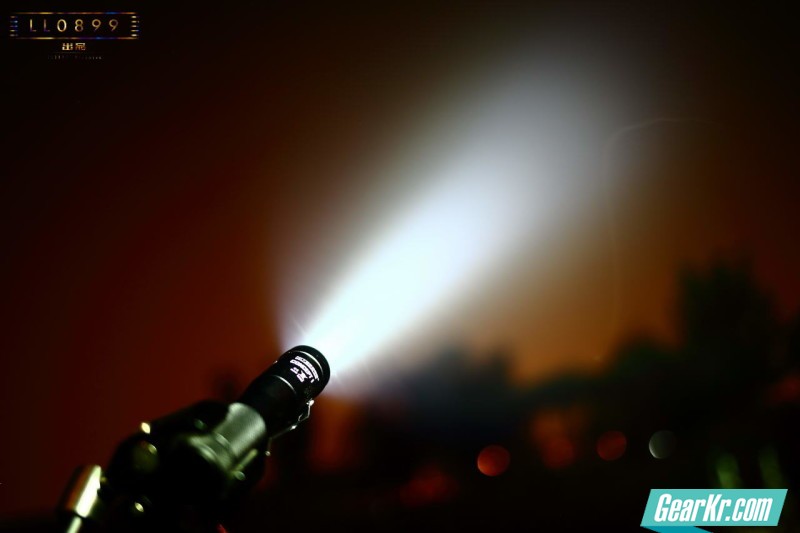
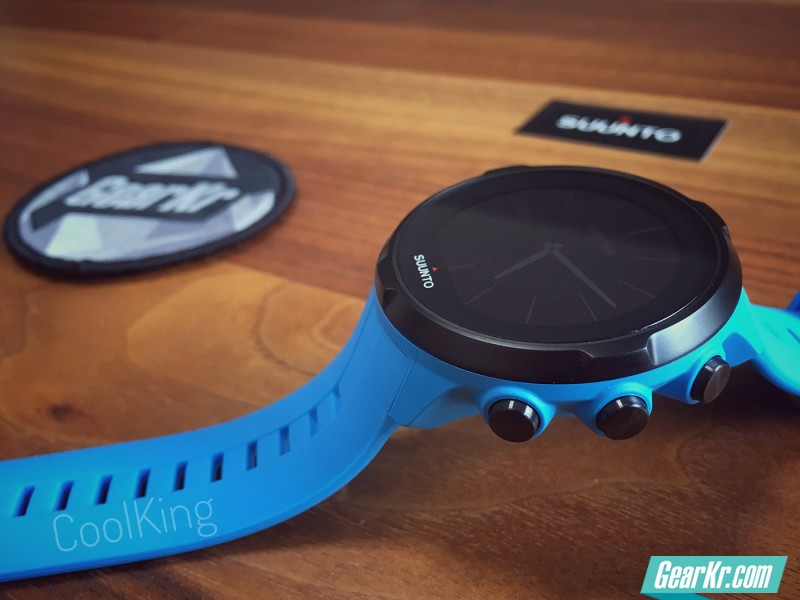



评论已关闭。